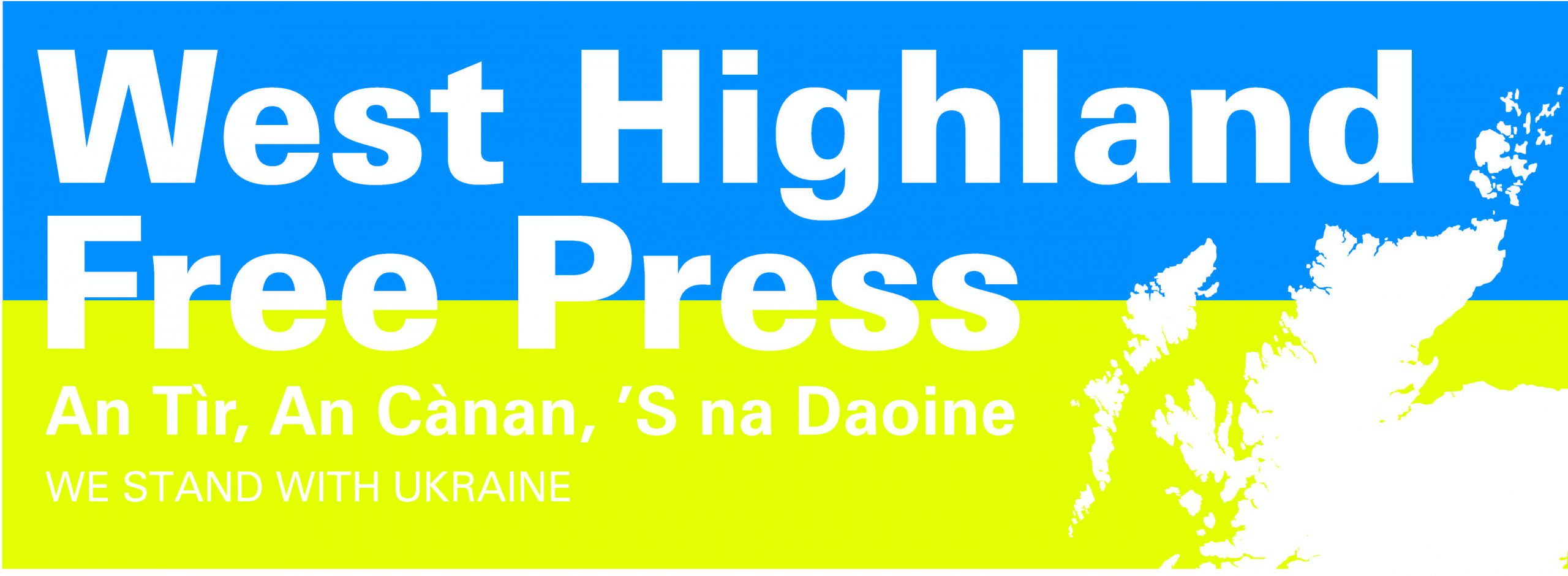
PHOTO: WILLIE URQUHART/WHFP
By Kirsty Watt
It’s a cool, spring morning. A damp mist swirls over the hills, dancing around hundreds of whirring blades like a strip the willow. A wind farm. Elegant or ugly, there is no denying that harvesting nature’s renewable energy in ways like this is fast becoming the future. But is it moving fast enough?
Despite the environmental costs associated with their extraction, four fifths of the world’s energy supply still comes from fossil fuels. Yet if we continue using coal, oil and gas at the current rate, estimates show that reserves will be gone in around 40 years. But this is the least of our worries. If we want to slow rising global temperatures we need to stop burning these fuels; their combustion, and subsequent release of greenhouse gases, is the main driver behind global warming.
In 2019, the Scottish Government pledged to end the use of all fossil fuels by 2045 in order to reach their zero net emissions target. And in their place? Renewables.
The traditional options such as wind farms and hydro schemes have now been joined by green hydrogen. Although still in its infancy, this renewable gas is expected to be a leading source of future energy production. Naturally occurring hydrogen is obtained by passing electricity through water; if this electricity is renewably sourced the gas is labelled as ‘green’ hydrogen, as opposed to ‘grey’. Once extracted it can be used in existing gas pipelines to heat and power homes, fuel vehicles and drive heavy machinery.
And unlike traditional gas, when burned it produces no harmful emissions, only water.
Keith Masson, climate change and energy team manager at Highland Council, said: “We’re in the process of recruiting a project manager to lead on the delivery of new hydrogen and low carbon heat strategies, to ensure that the council and the wider Highland region benefits from the energy-systems transformation that these technologies will bring.”
In Highland region, plans are underway for a ‘hydrogen hub’ in the Cromarty Firth. Electricity generated from wind turbines in the area will be used to produce hydrogen gas for use in local industries.
But progress towards the net zero emissions target is also happening even closer to home. In the last few months plans have been confirmed for two community hydro developments in Skye and Lochalsh.
Construction of a community owned 34kW micro hydro development in Sleat is due to begin this month. Electricity produced will be sold to the national grid with over £150,000 expected to be generated in the first 20 years. All money generated will be used to fund sustainable projects in the local community.
Kenny Nicolson, project officer for Sleat Community Hydro, said: “Despite the Gàidhealtachd being a huge exporter of renewable energy, we pay the highest prices for electricity with some of the worst rates of fuel poverty in the UK. On Skye we have issues with inequality, young people unable to find secure employment and housing, and a dying language and culture.
“Community-owned renewable energy projects are not just a means for reducing carbon emissions, there is a massive potential to create community wealth and address some of these underlying issues.”
We as individuals can also take steps towards installing renewable energy sources. The process may seem complicated or costly but thanks to an initiative launched by the Scottish Government, homeowners can apply for 75 per cent cashback, up to £7,500, for a renewable heating system. Small and medium sized businesses are also eligible for a similar cashback grant scheme. And the options for renewable heating systems are vast, from biomass (wood fuelled) boilers to solar panels and ground source heat pumps.
Iain Stewart and Shelagh Parlane have a ground source heat pump which sits just below the surface in their garden in Edinbane, extracting warmth from the ground to heat their radiators, underfloor heating and water. Shelagh said: “I would absolutely recommend it. It is certainly a very efficient system. If you were trying to heat water in a standard way I think it would be much more expensive.”
Renewable heating systems can also be a source of income with the UK government’s Renewable Heat Initiative scheme. If you install, or have installed in the last year, an eligible system you could receive quarterly cash payments over seven years.
Of course, no energy source is completely harmless. Whether it is birds flying into wind turbines or the destruction of fish spawning grounds with a hydro scheme, everything has a cost. But if we want to continue using electricity, fossil fuels are not the way forward.
No birds or fish will be able to survive at all if we continue to exacerbate the greenhouse gas effect by burning coal, oil and gas.
Green alternatives are no longer trials for the future of energy production, they are the future.



